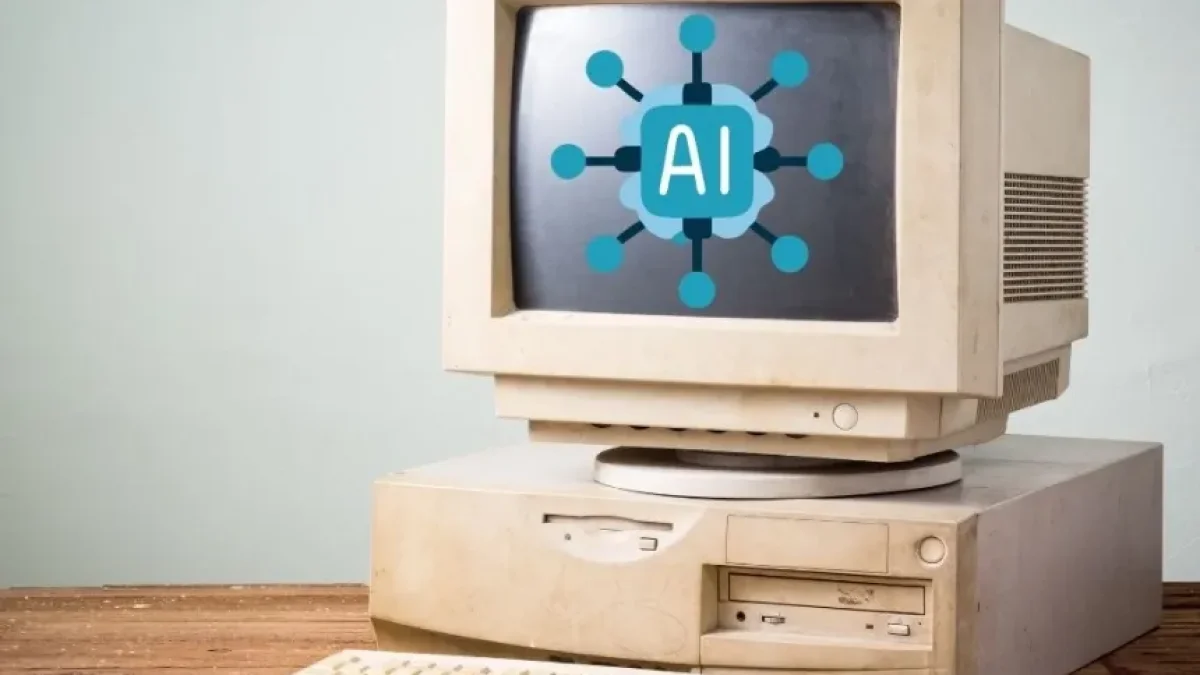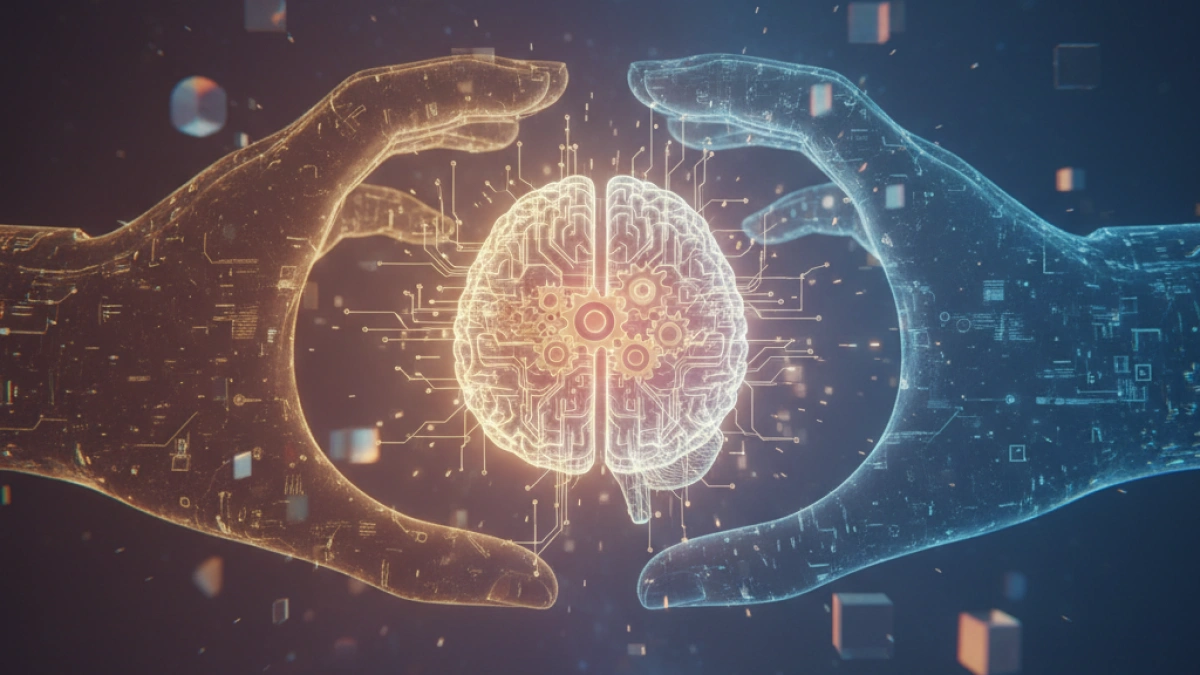A 27-Year-Old PC Can Run Powerful AI Models


Technology is advancing by leaps and bounds, as are the capabilities of the computing devices we use. Recently, it has been demonstrated that a computer from over two decades ago is capable of running powerful artificial intelligence (AI) models, showcasing the versatility of modern software and its ability to adapt to older hardware.
A Milestone in Retro Computing
Researchers have managed to run BitNet, an AI model designed to simulate neural networks, on a PC equipped with 128 MB of RAM that was released 27 years ago. This finding challenges the common notion that artificial intelligence requires cutting-edge hardware to function effectively. Instead, the developers utilized an innovative approach to adapt the model to the limited capabilities of the old computer.
BitNet: An Accessible AI Model
BitNet is a model that mimics the functions of neural networks, a fundamental component in the development of various AI applications. Designed for low resource consumption, BitNet can operate on devices that were considered low-end in their time. The story of its operation on such an old computer underscores the fact that software architecture can be optimized for less powerful hardware.
Read also
The Importance of Optimization
The optimization process carried out by the researchers is crucial. Instead of needing the advanced graphics cards and large amounts of memory required by many contemporary AI models, BitNet has been fine-tuned to function with the limited elements of a 1996 operating system. This feat demonstrates that innovation is not just found in the development of new devices, but also in how we adapt software to different contexts.
Future Applications
The success of running BitNet on an old computer opens new possibilities for using AI models on devices with limited resources. This could have a significant impact on areas such as education, research, and technological accessibility, where many people do not have access to new hardware but could benefit from the capabilities of artificial intelligence.
Implementing AI models on older systems also suggests that it is possible to find creative solutions for leveraging existing technology rather than simply discarding it. This not only promotes a circular economy but also extends the lifespan of devices.
Read also
A Promising Future
As AI models continue to evolve, this research highlights that it is possible to rethink our expectations regarding technological requirements. With the right focus on optimization and adaptability, even the oldest systems can contribute to the growth of artificial intelligence, paving the way for future innovations and solutions in various fields.
I invite all technology enthusiasts and interested parties to explore more news like this on my blog, where I will continue to share relevant and engaging information about the fascinating world of technology. Don't miss out!



















